Wood ear mushrooms, also known as Auricularia auricula-judae, are a staple in many Asian cuisines, prized for their unique texture, earthy flavor, and numerous health benefits. When prepared correctly, stir-fried wood ear mushrooms can transform a simple meal into a gourmet experience. This article delves into the intricacies of selecting, preparing, and cooking these fungi to perfection, ensuring every bite is a harmonious blend of crispness, tenderness, and umami-rich flavor.
Understanding Wood Ear Mushrooms
Before diving into the cooking process, it’s essential to grasp what makes wood ear mushrooms special. These mushrooms, often sold dried, have a rubbery texture when raw but develop a satisfying crunch when cooked. Their appearance—dark brown to black, with a wavy, ear-like shape—is distinctive. Nutritionally, they are low in calories but rich in fiber, iron, and antioxidants, making them a healthy addition to any diet.
Selecting the Right Ingredients
The foundation of a great stir-fry lies in the quality of ingredients. For wood ear mushrooms, you have two options: dried or fresh. Dried mushrooms are more common and require rehydration, while fresh ones offer a slightly milder flavor and softer texture. When purchasing dried wood ears, look for whole, unbroken pieces with a uniform color. Avoid those with visible cracks or a dull hue, as they may be stale.
Complementary Ingredients:
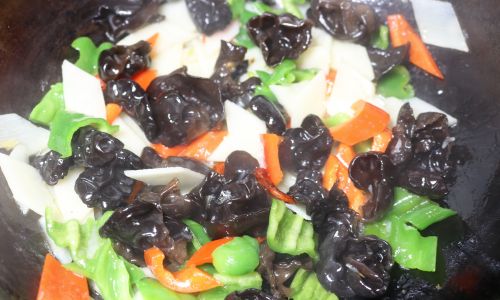
- Vegetables: Bell peppers, carrots, snow peas, and bok choy add color, crunch, and sweetness.
- Aromatics: Garlic, ginger, and scallions form the flavor base.
- Proteins: Tofu, shrimp, or chicken can elevate the dish into a hearty meal.
- Sauces: Soy sauce, oyster sauce, sesame oil, and rice vinegar balance the earthiness of the mushrooms.
Preparation: The Key to Perfect Texture
Proper preparation ensures your wood ear mushrooms cook evenly and retain their characteristic chewiness.
-
Rehydrating Dried Mushrooms:
- Soak dried wood ears in warm water for 20–30 minutes until pliable.
- Rinse thoroughly to remove any grit, then trim tough stems with kitchen shears.
- Tear larger pieces into bite-sized fragments for even cooking.
-
Prepping Fresh Mushrooms:
- If using fresh wood ears, clean them under running water to remove debris.
- Pat dry with a towel to prevent splattering during stir-frying.
-
Slicing Techniques:
- Cut vegetables into uniform sizes to ensure they cook at the same rate.
- Julienne carrots and bell peppers for a visually appealing stir-fry.
The Stir-Frying Process: Mastering Heat and Timing
Stir-frying is a high-heat, quick-cooking method that sears ingredients, locking in flavors and textures. Achieving the perfect balance requires attention to detail.
-
Preheat the Wok:
- Use a carbon-steel wok or a large skillet for even heat distribution.
- Heat the pan over high flame until a drop of water evaporates instantly.
-
Aromatics First:
- Add 1–2 tablespoons of oil (peanut or vegetable oil works best).
- Toss in minced garlic and ginger, stirring constantly for 10–15 seconds until fragrant.
-
Cooking the Vegetables:
- Add harder vegetables like carrots first, stirring vigorously for 1–2 minutes.
- Follow with quicker-cooking ingredients like bell peppers and snow peas.
-
Introducing the Wood Ear Mushrooms:
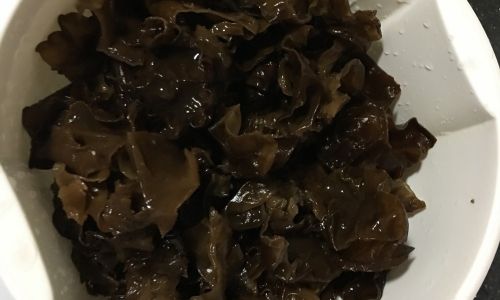
- Add the prepared mushrooms to the wok, spreading them evenly.
- Let them sear undisturbed for 30 seconds to develop a slight char, then toss to combine.
-
Seasoning and Sauce:
- Pour in a mixture of soy sauce, oyster sauce, and a splash of rice vinegar.
- Toss gently to coat all ingredients, ensuring the sauce caramelizes slightly.
-
Final Touches:
- Drizzle sesame oil and sprinkle sliced scallions just before removing from heat.
- Adjust seasoning with a pinch of sugar or a dash of chili flakes if desired.
Achieving the Ideal Texture
The hallmark of a great stir-fried wood ear mushroom dish is its texture—crisp yet tender, with a subtle bounce. Avoid overcooking, which can render the mushrooms rubbery and bland. Conversely, undercooking leaves them tough and chewy. Test for doneness by piercing a piece with a fork; it should yield slightly but retain its shape.
Enhancing Flavor Profiles
While the basic recipe is delicious, experimentation can elevate your dish:
- Spicy Kick: Add Sichuan peppercorns or dried chili flakes during the aromatics stage.
- Umami Boost: Incorporate a teaspoon of mushroom seasoning or a splash of fish sauce.
- Herbaceous Notes: Garnish with fresh cilantro or basil leaves for a refreshing finish.
Health Benefits and Dietary Adaptations
Wood ear mushrooms are naturally gluten-free, low in fat, and packed with dietary fiber, making them suitable for vegans, vegetarians, and health-conscious eaters. To cater to specific diets:
- Vegan/Vegetarian: Use tamari instead of soy sauce and tofu as the protein.
- Low-Sodium: Opt for reduced-sodium sauces and omit added salt.
- Gluten-Free: Ensure all sauces are certified gluten-free.
Common Mistakes and How to Avoid Them
Even seasoned cooks can stumble. Here’s how to troubleshoot:
-
Soggy Mushrooms:
- Cause: Overcrowding the pan or insufficient heat.
- Fix: Cook in batches if needed and maintain high heat throughout.
-
Bland Flavor:
- Cause: Under-seasoning or uneven sauce distribution.
- Fix: Taste and adjust seasoning gradually; toss ingredients thoroughly.
-
Burnt Aromatics:
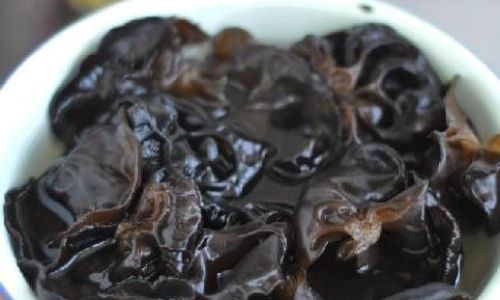
- Cause: High heat without stirring.
- Fix: Keep aromatics moving constantly once added to the pan.
Serving Suggestions
Stir-fried wood ear mushrooms shine as:
- Side Dish: Paired with steamed rice or quinoa.
- Main Course: Combined with noodles or fried rice.
- Appetizer: Wrapped in lettuce cups with a drizzle of hoisin sauce.
Creative Variations
-
Wood Ear and Tofu Stir-Fry:
- Marinate cubed tofu in soy sauce and cornstarch before searing.
- Toss with mushrooms and vegetables for a protein-rich meal.
-
Spicy Sichuan-Style:
- Add doubanjiang (fermented chili bean paste) and Sichuan peppercorns.
- Serve with a side of pickled vegetables.
-
Wood Ear and Shrimp Delight:
- Sauté shrimp separately, then combine at the end to avoid overcooking.
- Garnish with toasted sesame seeds.
Preserving Leftovers
Store leftovers in an airtight container in the refrigerator for up to 3 days. Reheat gently in a pan over medium heat to maintain texture. Avoid microwaving, as it can soften the mushrooms excessively.
Conclusion
Stir-fried wood ear mushrooms are a testament to the magic of simple, wholesome ingredients transformed by skill and care. By mastering the nuances of selection, preparation, and cooking techniques, you can create a dish that delights the senses and nourishes the body. Whether you’re a novice cook or a seasoned chef, this versatile ingredient invites creativity, encouraging you to experiment with flavors and textures. So, grab your wok, fire up the stove, and embark on a culinary adventure that celebrates the humble wood ear mushroom in all its glory.
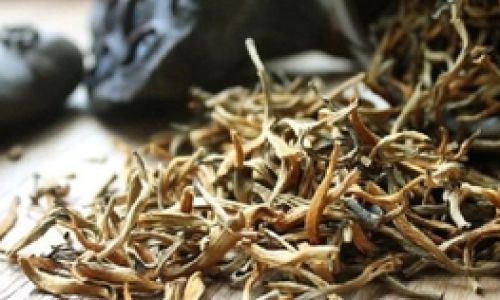
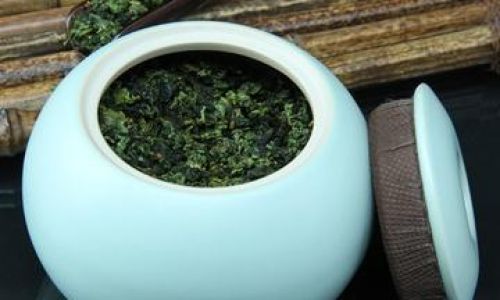
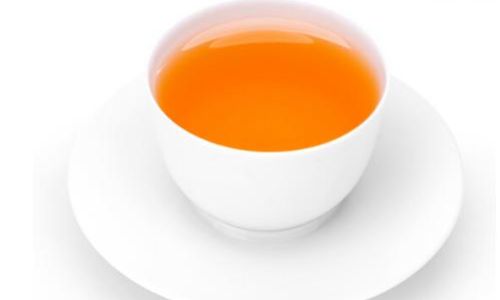
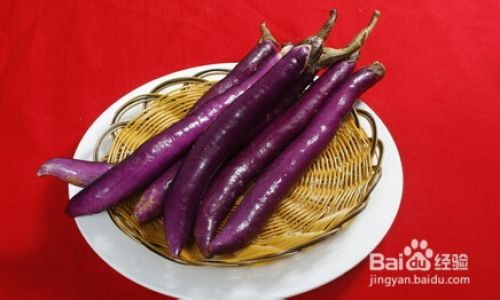
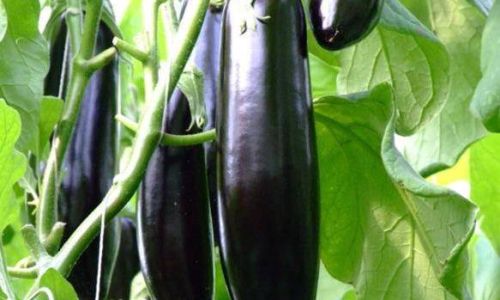
0 comments